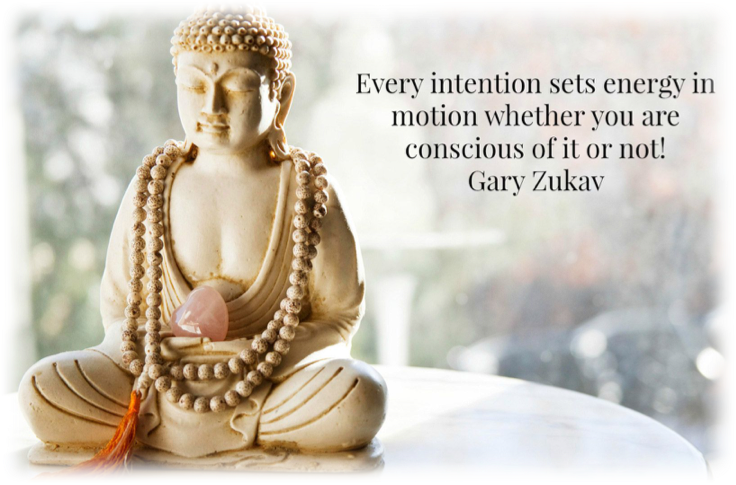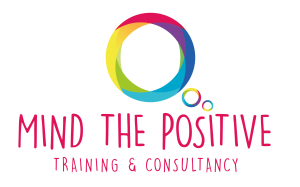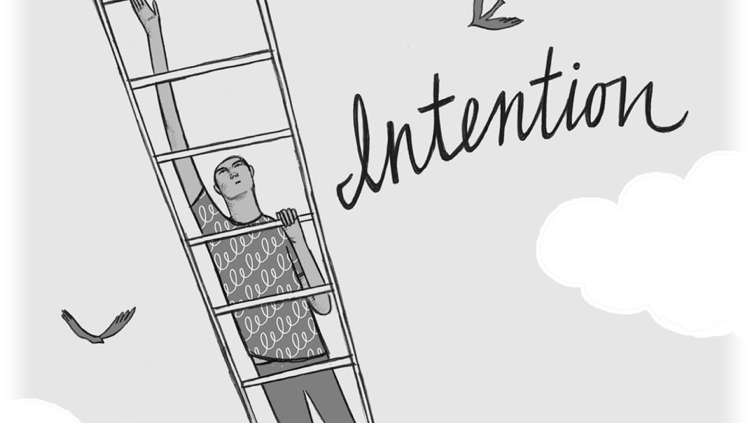How Would You Want to Lead Your Life? Accidentally or Intentionally…
“To be or not to be! That is the question!” These are Hamlet’s famous words, in his overthinking between the two extremes –life and death. He essentially questions the very purpose of his existence, seeking the meaning in living. Shakespeare, genius of all times, may have not been aware that Hamlet’s quotes would be valid for all times. However, it seems that it is so! Don’t we all find ourselves, every now and then, questioning the meaning of our existence, and often wonder our life purpose. In my perspective, what happens between birth and death is the essence of life, so we better make the best of it. And our very existence lies on our intentions: the intention to live, to explore, to learn, to enjoy, and to make the best of it!
“Our intention creates our reality.” – Wayne Dyer
You might be wondering how… Before getting to that, first we better clarify what intention entails. Intention is directly linked with a purposeful life, as Carol Ryff explains, that involves clear comprehension of own goals and sense of direction. According to Jon Kabat-Zinn it represents the act of engaging and responding with a purpose. We give direction to our life, set goals, and choose what to happen and experience through our intentional acts. Every choice we make –or do not, involves some sort of intention that determines the course of life. It is the seed that creates the future.
Think of the last meeting you had at work; or the last conversation you made with someone. How did it go; or what did you start with? Do you think you had a total random course of direction and result, or you had a purposeful set of ideas and actions towards a desired outcome? Most probably it was purposeful –intentional, rather than –accidental! It is the intention with which we sit at a meeting or engage in a conversation, that determines the desired outcome. As Gary Zukav states, we continually perform, consciously or unconsciously “fundamental creative acts” that are relied on choice of intention, and create consequences, which the chooser takes on responsibility.
Intention is the seed, action is the plant, and outcome is the flower!
In concrete cases, such as business plans, we are more clearly aware about our intentions, both in terms of setting them and putting them into action. However, in cases where emotional aspects are involved –such as an unresolved conflict within ourselves or with someone we care for, we are less aware of our intentions. Unconsciously skipping the intention-action steps, we may find ourselves ending up with the outcome, unaware how we got there! At that point, if we are happy with the result, we get to be lucky; but if unhappy, we try altering the outcome.
So what do we do? Are we to live by on automatic, letting our path be determined by randomly chosen attitudes and behaviors? Or are we to take the lead and choose for ourselves; draw the paths we wish to walk through; and form the desired attitude and behavior, which will turn into action and later on to outcomes? If your pick is for the first one, no need for any action taking; keep on living as you do! However, if you prefer the latter, then read on!
“Every intention sets energy in motion, whether you are conscious of it, or not!” – Gary Zukav
Scholars such as Jon Kabat-Zinn, Shauna Shapiro, Ellen Langer, Denise Reid, etc. emphasize the importance of intention within the mindfulness field of study. They commonly propose that a mindful state of being involves a purposeful attention on what is available at the present moment. Though differently defining, they highlight intention as inseparable component: “paying attention on purpose” (Reid, 2011), “active attention to intention and awareness…” (Langer & Moldoveanu, 2000), and “attention in a particular way, on purpose…” (Kabat-Zinn, 1994). Scientific research in mindfulness show that, the act of “paying attention on purpose, in the present moment in a non-judgmental way” (Kabat-Zinn, 1994) leads to a peaceful, balanced, and relaxed state of mind; and physical, psychological and emotional health and well-being.
In colloquial terms, intention –as a vital component of mindfulness, is important for our health and well living. For a mindful state of being –or in practicing mindfulness, the activity of paying attention is suggested to involve a purpose, a goal, or a determined direction, rather than random one. Think of a short practice of mindfulness… Focusing on the breath… The action would be paying attention on the breath… The intention would be keeping the attention on the breath… Each time our mind in thoughts, ideas, or feelings drift away from the breath, we would simply be taking our attention back to the breath… While the mind would have its own agenda –as drift away to other thoughts or time and place, our job –through our self-determined intention, will be to bring it back!
Paying attention to the breath, with the intention to keep it there, is among many practices of mindfulness. In what do they serve us? They allow us to be aware of our intention. They open our sight to clearly notice our energy in motion; help us to consciously make our choices, and assume the responsibility; and finally enable us to be less surprised and more pleased with the result!

Here is a practice sample. Very simple… Sit in a comfortable seat, spine and back straight, keep your eyes closed –or half open (to avoid any stimuli taking your attention away!); let your shoulders, arms, and hands loose; and take a deep breath… Let it go… Take one more deep breath, and let it go again… Take one last breath; this time let it go slowly! Your breath is what is with you at all times, in the here and now. Use it as the anchor to the present moment. While breathing in and out, focus your attention on your breath… At each inhale, observe your chest rising; and at each exhale observe it going down… Notice the cool air you breathe in through your nostrils, and the likely warmth of the air you breathe out… When you notice that your mind has gone wandering, notice that it has wandered. Since the intention during this practice is to keep the attention on the breath, gently bring it back to your breath.
You may use a timer, programed to five minutes, and gradually increase by a minute, every two-three days. Enjoy the practice!







My mind is completely blown up during this breathing exercise and you are quilty. Please solve this problem with another exercise immediately.